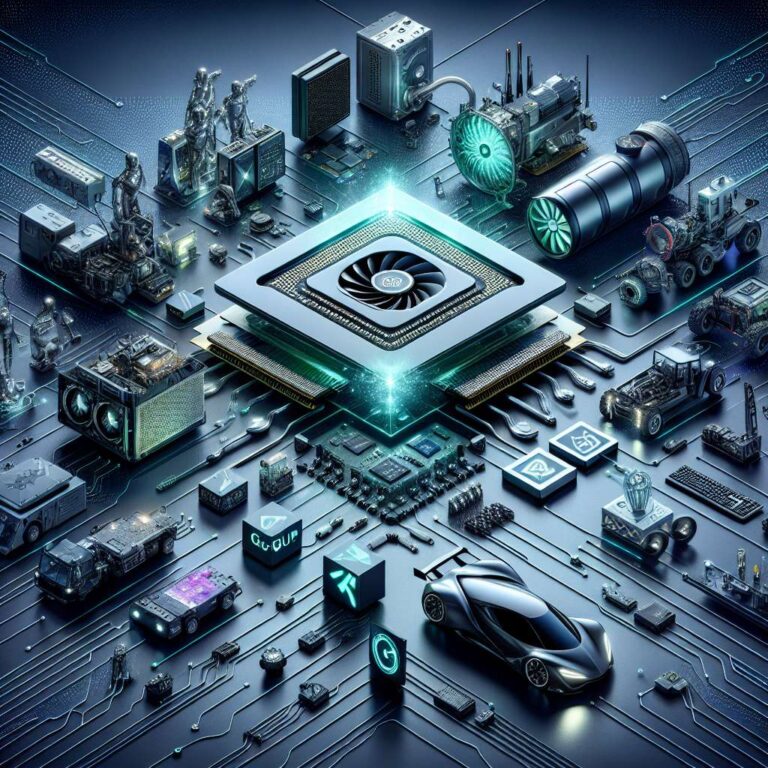Nvidia’s CES 2025 keynote stretched far beyond graphics cards, with CEO Jensen Huang opening the show by physically debuting the GeForce RTX 50 Series before laying out a broader strategy across Artificial Intelligence, robotics, desktops, and autonomous vehicles. While GPUs were the headline, the company emphasized new software and platforms designed to put advanced computing in more developers’ hands and accelerate real-world automation.
The GeForce RTX 50 lineup, built on the RTX Blackwell architecture, spans the flagship RTX 5090 down to the RTX 5080, 5070 Ti, and 5070. Nvidia highlighted major throughput gains, citing 92 billion transistors, 3,352 trillion Artificial Intelligence operations per second, and 1.8 TB/s of memory bandwidth. Huang characterized the top-end card as a powerhouse, underscoring how the series is positioned to drive next-generation gaming and creator workloads, as well as local Artificial Intelligence inference.
On the robotics front, Nvidia introduced Cosmos World Foundation Models, an open-license platform available on GitHub that brings world models to a wider set of developers. World models underpin training for robot perception and planning, and Nvidia’s move is aimed at lowering the barrier for teams that previously lacked the resources or expertise. Huang said a ChatGPT moment for general-purpose robotics is close, framing Cosmos as a catalyst for more rapid progress.
Nvidia also unveiled Artificial Intelligence foundation models for RTX PCs delivered as Nvidia NIM microservices, designed to run on the new GeForce RTX 50 Series. Huang said major manufacturers will launch systems that support NIM, signaling that Artificial Intelligence PCs are heading to consumers. In addition, the company introduced the Llama Nemotron family of large language models as a NIM microservice. Built on Meta’s open-source Llama models, Nemotron is tuned for agentic use cases and strong at instruction following, chat, function calling, coding, and math, while being size-optimized for a range of Nvidia-accelerated systems. Llama 3.1 Nemotron 70B is now listed in Nvidia’s API catalog.
For developers who want datacenter-class capability on a desk, Nvidia announced Project Digits, a compact supercomputer roughly the size of a Mac mini. Powered by the GB10 Grace Blackwell Superchip, Digits can run large language models with up to 200 billion parameters locally, eliminating the need for cloud infrastructure. Nvidia positioned the device as accessible for small businesses and solo developers, with availability expected in May.
Rounding out the keynote, Nvidia introduced the Drive Hyperion AV platform, an end-to-end autonomous driving stack centered on the AGX Thor system-on-a-chip. The platform includes the SoC, sensors, safety systems, and the DriveOS operating system, providing automakers with a ready foundation for self-driving vehicles. Nvidia said Toyota has joined its roster of partners, which already includes Mercedes-Benz, Jaguar Land Rover, and Volvo.

